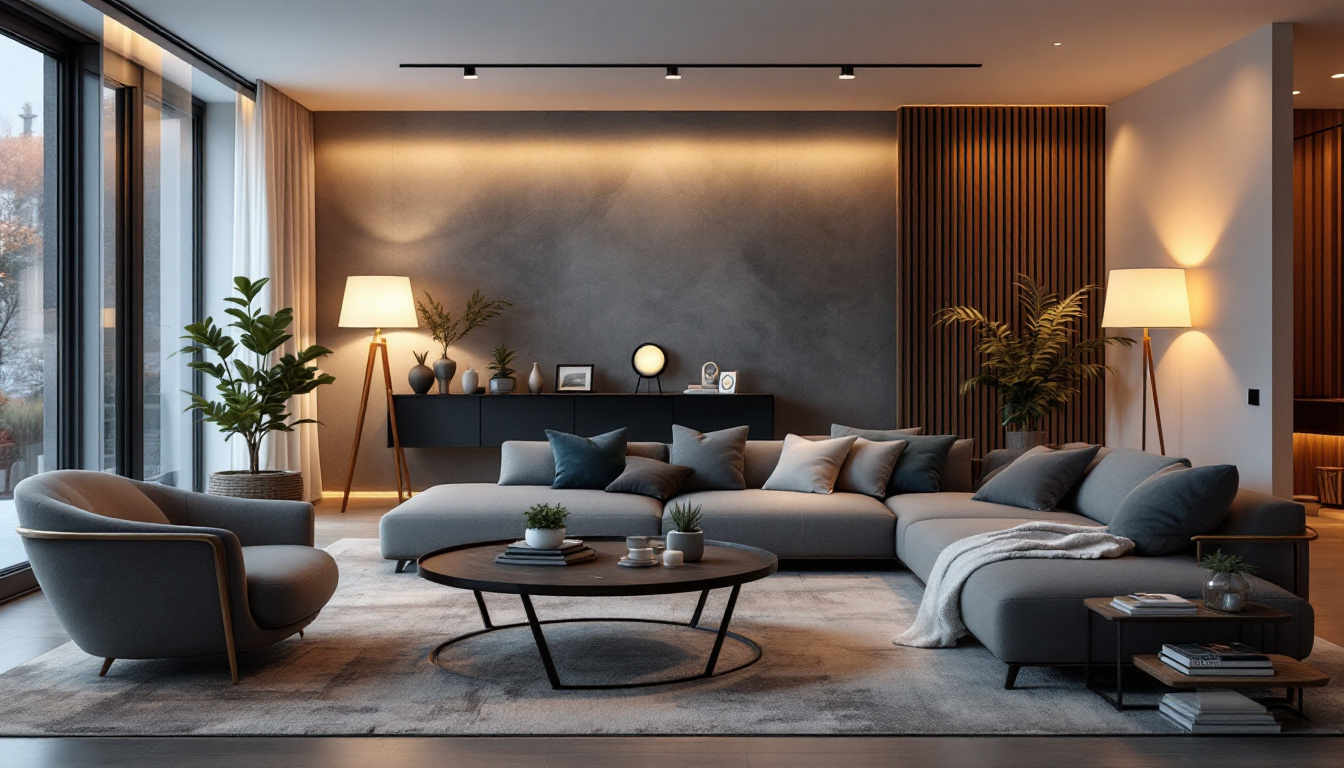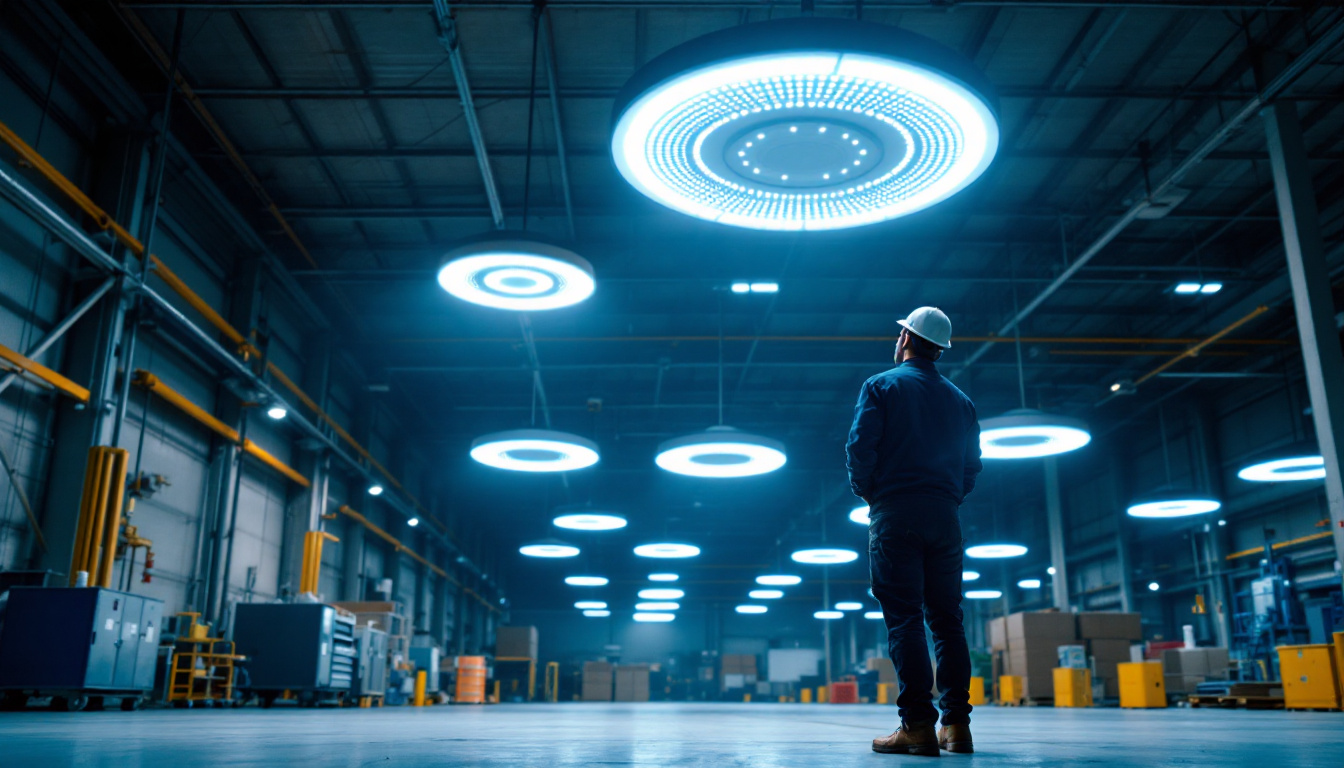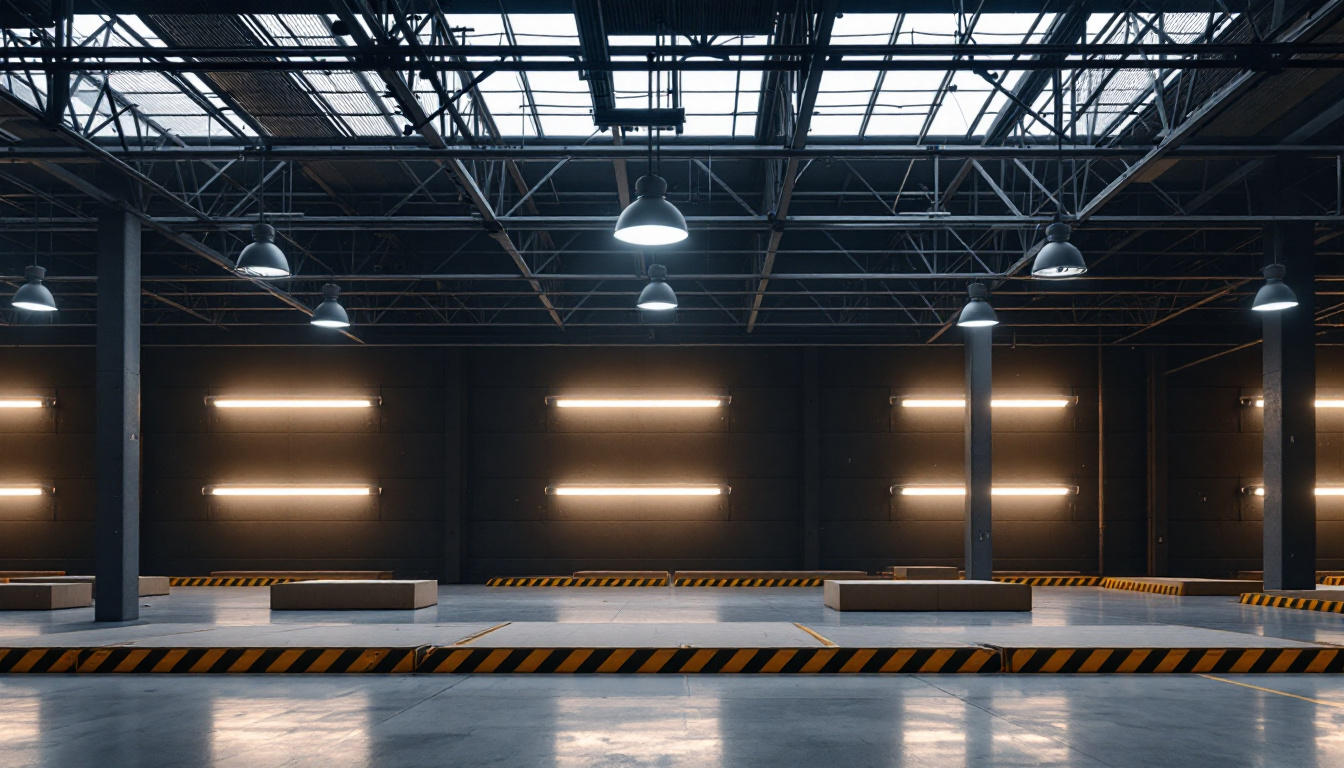

Home automation lighting has revolutionized the way we design and implement lighting solutions in residential and commercial spaces. For lighting contractors, understanding the nuances of this technology can lead to better designs, increased client satisfaction, and ultimately, a more successful business. This article delves into the various aspects of home automation lighting, exploring its benefits, key components, and best practices for integrating it into lighting designs.
Home automation lighting refers to the integration of smart technologies that allow users to control their lighting systems remotely or automatically. This technology can be accessed through smartphones, tablets, or voice-activated devices, enabling users to adjust their lighting with ease. The rise of smart homes has made this technology more accessible and desirable, creating new opportunities for lighting contractors.
Traditionally, lighting control was limited to manual switches and dimmers. However, advancements in technology have paved the way for more sophisticated systems. Today, lighting control can be achieved through various platforms, including wireless networks, smart hubs, and cloud-based systems. These innovations not only enhance user experience but also allow for more intricate lighting designs that can be tailored to specific needs and preferences.
As technology continues to evolve, we are witnessing the emergence of features such as adaptive lighting, which adjusts the color temperature and intensity of lights based on the time of day or specific activities. For instance, warmer tones may be used in the evening to promote relaxation, while cooler tones can invigorate morning routines. This level of customization not only enriches the ambiance of a space but also supports the well-being of its occupants by aligning lighting with natural circadian rhythms.
Implementing home automation lighting offers numerous advantages. For one, it provides convenience; users can control their lights from anywhere in their home or even when they are away. This feature is particularly appealing for those who want to enhance their home security by simulating occupancy.
Moreover, automated lighting systems can lead to energy savings. By utilizing sensors and timers, lights can be programmed to turn off when not in use or adjust based on natural light levels. This not only reduces electricity bills but also contributes to a more sustainable lifestyle.
In addition to energy efficiency, home automation lighting can significantly enhance the overall aesthetic of a home. With options for color-changing LEDs and programmable scenes, homeowners can create dynamic environments that suit various occasions—whether it’s a cozy movie night, an elegant dinner party, or a lively gathering with friends. The ability to set the perfect mood with just a few taps or voice commands transforms the way we interact with our living spaces, making them more versatile and enjoyable.
To design effective home automation lighting systems, it is essential to understand the key components that make up these systems. Each element plays a crucial role in ensuring seamless operation and user satisfaction.
Smart bulbs are perhaps the most recognizable component of home automation lighting. These bulbs can be controlled remotely, allowing users to change brightness, color, and even set schedules. They come in various types, including LED and incandescent, and can be integrated with other smart home devices for a cohesive experience. Many smart bulbs also offer features like energy monitoring, which helps users track their energy consumption and make informed decisions about their lighting usage. Additionally, some models can sync with music or movies, creating an immersive atmosphere that enhances entertainment experiences.
Smart switches and dimmers offer an alternative to smart bulbs, allowing users to control standard lighting fixtures. These devices can be installed in place of traditional switches and provide similar functionalities, such as remote control and scheduling. This option is particularly beneficial for retrofitting existing homes, as it does not require replacing all the bulbs. Furthermore, smart dimmers can help set the mood for different occasions, whether it’s a cozy dinner or a lively gathering, by allowing users to adjust the lighting to their preference with just a tap on their smartphone or voice command. Some models even come with geofencing capabilities, automatically adjusting the lights based on the homeowner’s location, ensuring that lights are on when you arrive home and off when you leave.
A lighting control hub acts as the central point of communication for all smart lighting devices within a home. It allows users to manage multiple devices from a single interface, simplifying the user experience. Many hubs are compatible with various brands and can integrate with other smart home systems, creating a unified approach to home automation. Beyond lighting control, these hubs often support automation routines that can trigger lighting changes based on time of day, occupancy, or even weather conditions. For instance, a hub can be programmed to dim the lights at sunset or turn them on automatically when someone enters a room, enhancing both convenience and security. Additionally, advanced hubs may offer voice control integration, allowing users to operate their lighting systems hands-free through popular virtual assistants, making the entire experience more intuitive and user-friendly.
When incorporating home automation lighting into designs, it is crucial to consider the unique needs of each client. A well-thought-out design not only enhances functionality but also elevates the aesthetic appeal of a space.
Before diving into the design process, lighting contractors should conduct thorough assessments of their clients’ needs. This includes understanding how the space will be used, the desired ambiance, and any specific features the client may want. By gathering this information, contractors can create tailored solutions that align with the client’s vision.
Layered lighting is a fundamental principle in effective lighting design. It involves combining different types of lighting—ambient, task, and accent—to create a well-balanced and functional space. Home automation allows for greater flexibility in layered designs, as users can adjust each layer independently based on their needs and preferences.
Integrating smart features into lighting designs can significantly enhance the user experience. For example, motion sensors can automatically turn lights on or off as people enter or exit a room, while timers can ensure lights are only on when needed. Additionally, color-changing capabilities can help set the mood for different occasions, from a cozy dinner to an energetic gathering.
Successfully implementing home automation lighting requires careful planning and execution. Here are some best practices to consider when designing and installing these systems.
Compatibility is key when selecting devices for home automation lighting systems. Contractors should ensure that all components—bulbs, switches, hubs, and sensors—work seamlessly together. This not only simplifies installation but also enhances the overall user experience.
A user-friendly interface is essential for client satisfaction. Whether through a smartphone app or a voice-activated assistant, the system should be intuitive and easy to navigate. Providing clients with a brief tutorial on how to use their new system can also help alleviate any concerns they may have about technology.
Before finalizing the installation, it is crucial to test the entire system to ensure everything functions as intended. This includes checking connectivity, responsiveness, and the effectiveness of any programmed settings. Gathering feedback from clients during this phase can provide valuable insights for future projects and help refine the installation process.
While home automation lighting presents numerous opportunities, it also comes with its share of challenges. Understanding these potential hurdles can help lighting contractors navigate the complexities of installation and design.
One of the primary challenges in home automation lighting is the technical limitations of certain devices. Not all smart products are created equal, and some may have connectivity issues or lack the desired features. Staying informed about the latest advancements in technology can help contractors make informed decisions when selecting products for their projects.
Many clients may not fully understand the capabilities of home automation lighting systems. As a result, they may have unrealistic expectations or be hesitant to embrace the technology. Lighting contractors play a vital role in educating clients about the benefits and functionalities of these systems, helping them make informed choices that align with their needs.
For many homeowners, integrating new home automation lighting systems with existing setups can be a challenge. This may involve retrofitting older homes or ensuring compatibility with legacy systems. Contractors should be prepared to address these issues and offer creative solutions that allow for a smooth transition to smart lighting.
The future of home automation lighting is bright, with ongoing advancements in technology and increasing consumer demand. As more homeowners seek to enhance their living spaces with smart solutions, lighting contractors must stay ahead of the curve to remain competitive.
Emerging technologies, such as artificial intelligence and machine learning, are poised to further enhance home automation lighting systems. These innovations can enable systems to learn user preferences and automatically adjust lighting based on patterns and behaviors. Staying informed about these trends will allow contractors to offer cutting-edge solutions to their clients.
As sustainability becomes an increasingly important consideration for homeowners, energy-efficient lighting solutions will be in high demand. Home automation lighting systems can play a significant role in reducing energy consumption, making them an attractive option for environmentally conscious clients. Contractors should emphasize the energy-saving benefits of these systems when discussing options with clients.
The growing popularity of smart home technology presents new market opportunities for lighting contractors. By diversifying their offerings to include home automation lighting, contractors can attract a broader clientele and increase their revenue potential. This shift not only enhances business prospects but also positions contractors as leaders in the evolving landscape of lighting design.
Home automation lighting is more than just a trend; it is a transformative approach to lighting design that offers numerous benefits for both contractors and clients. By understanding the key components, best practices, and emerging technologies, lighting contractors can create innovative and effective lighting solutions that enhance the overall user experience. As the demand for smart home technology continues to rise, embracing home automation lighting will be essential for staying competitive in the industry.
Ready to elevate your lighting designs with the cutting-edge benefits of home automation? LumenWholesale is here to support your journey. Our spec-grade lighting products are designed to meet the highest industry standards, ensuring that your projects shine with reliability and performance. With unbeatable wholesale prices and the convenience of free shipping on bulk orders, you can access premium lighting solutions that fit your budget. Don’t let middleman markups dim your creative potential. Choose LumenWholesale for quality, affordability, and hassle-free service. Discover wholesale lighting at the best value and light up your next project with confidence.

Discover the top UFO LED high bay lights and learn how to sidestep common pitfalls with our comprehensive guide tailored for lighting contractors.

Discover the key elements of cafe lighting that every contractor should know.

Discover essential insights into low bay lighting with our comprehensive guide tailored for lighting contractors.

Discover the essential guide for lighting contractors on selecting and installing switches.
Get notified when NEW deals are released.
Optimize your budget with wholesale discounts.
Only top-quality, specification-grade lighting products.
No additional costs at checkout - what you see is what you pay.
We understand the unique needs of contractors.